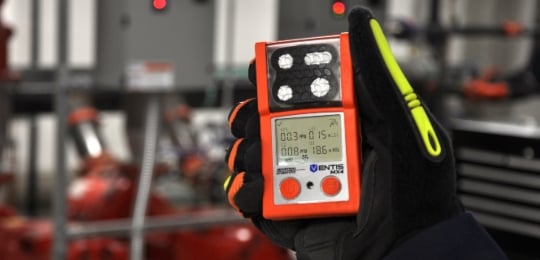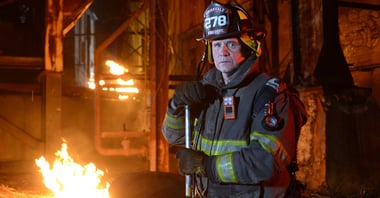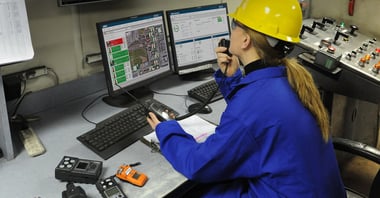Multi-gas personal monitors are widely used gas detectors because they provide reliable coverage for three key gas hazards: toxic, combustible, and asphyxiant gases. These devices also allow customization of sensor configurations to match the specific gas hazards workers are likely to encounter, offering maximum flexibility and safety in one wearable solution.
Four- and five-gas monitors are widely popular, offering an array of options. However, focusing solely on sticker price when purchasing safety equipment is a flawed strategy:
- Providing workers with the right multi-gas monitor is essential for ensuring their safety during each shift. Prioritizing reliability, durability, and usability over low costs ensures adequate worker protection. A low-cost monitor that fails to safeguard your team is ultimately too expensive.
- Sticker price is just one piece of the equation. Evaluating the total cost of ownership—factoring in maintenance, warranties, and lifespan—gives a clearer picture of long-term value.
Extending the Lifespan of Multi-Gas Personal Monitors
The lifespan of a personal gas monitor makes a big difference in the total cost. If an inexpensive or so-called “disposable” personal gas monitor will need to be replaced every year or two, the price can quickly exceed that of a more expensive monitor that lasts between four to eight years.
A well-made gas detector can last years if it is properly serviced. Look for upgradeable firmware, replaceable batteries and sensors, and other service features that can be significant tools in helping you extend a monitor’s lifespan.
Importance of Warranty Length in Multi-Gas Personal Monitors
All gas detectors are not created equal, and manufacturers’ warranty coverage reflects that. A comprehensive warranty reflects device quality. Opt for monitors with at least four-year warranties covering both the device and sensors, reducing costs for repairs or replacements.
Some manufacturers, such as Industrial Scientific, offer extended warranties that include both the device and sensors. For instance, the Ventis® Pro5 is backed by the Guaranteed for Life™ warranty, and the Ventis® MX4 includes a four-year warranty covering the carbon monoxide, hydrogen sulfide, oxygen, and lower explosive limit (LEL) sensors. These comprehensive warranties help reduce costs associated with sensor replacements during the coverage period.

Maximizing Efficiency with Flexible Multi-Gas Monitor Configurations
When it comes to safety equipment, it’s best to look for solutions that will work in multiple applications so you can avoid purchasing extra equipment. If you need both pumped and non-pumped functionality, buying one monitor that can do both can be more cost effective in the long run. On top of that, it reduces the number of devices workers need to do their jobs, making everyone’s lives just a little bit easier. Our Ventis MX4 and Ventis Pro5 offer integrated pumps as well as slide-on pumps to provide the most flexible personal multi-gas monitors on the market.



